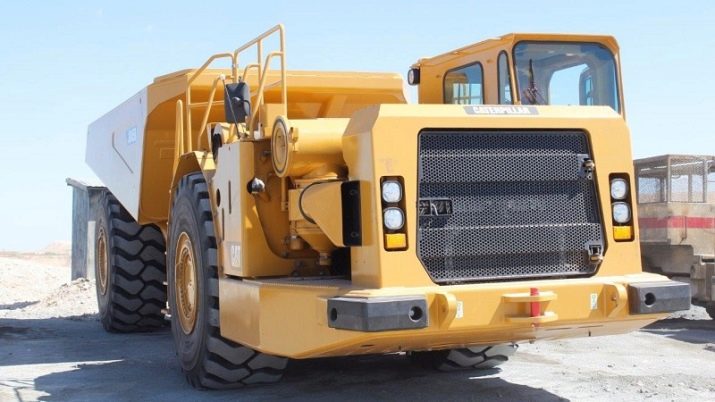Who is a LHD operator and what does he do?
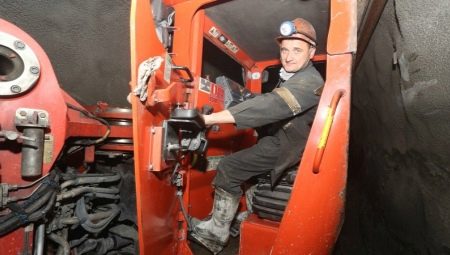
The term "driver" is applied to operators of a wide variety of machines equipped with autonomous drives. But the difference between such specialists is quite large. And you need to clearly understand who he is LHD operatorand what he does most of the time.
Peculiarities
The work of the LHD (LHD) driver should not be confused with the work of the loader driver. This the specialist is mainly employed in mining and ore-dressing enterprises. He manages not only the loading machine, but also the universal loaders equipped with a bucket... At the same time, forklift drivers are most often employed in warehouses, in the transport industry, in construction and in industry.
Moreover, LHD machinists are a much less well-known profession, but without them many cities associated with mining development could not exist.
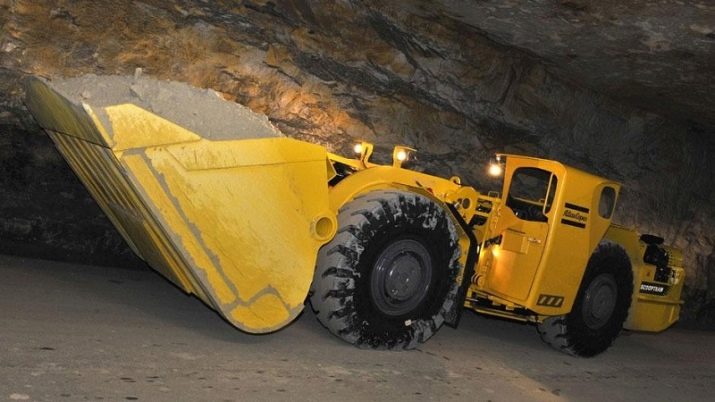
Job responsibilities
The ETKS specifies the following main functions of the operators of loading and hauling equipment:
- control of PDM with electric or pneumatic drive;
- control of self-propelled trolleys;
- frill of stitches inside the face;
- the use of screening grids for the mineral mass;
- irrigation of mined rocks with water;
- loading of these rocks on entrusted conveyors;
- cleaning of soil layers, if necessary - their preparation for stowing works;
- assessment of the condition of the roof and lining in the serviced areas;
- control of alarms, lighting devices, electrical cables and grounding in the serviced areas;
- finding malfunctions in the loading and hauling machine, their speedy elimination;
- clearing the places where you have to work (as well as clearing after the end of the work);
- moving rock mass to ore pass, to wagons or to places of loading onto cars;
- debugging of conveyor chains, chain drives and clutches.
The professional standard of the LHD operator also indicates such tasks as:
- check before starting work of the entrusted equipment;
- use of personal protective equipment (appropriate to the level of danger);
- receipt of a work order and strict adherence to it;
- adjustment of fuel, electrical and pneumatic equipment on the LHD;
- filling LHD with fuels and lubricants in accordance with the need;
- assessment of the performance of individual units (by alternately starting them at idle speed);
- shift maintenance of the LHD;
- keeping a logbook of serviced vehicles;
- the use of emergency protection equipment, fire extinguishing equipment, if necessary - the provision of first aid.


Knowledge and skills
Of course, the LHD operator must know the structure of the vehicle itself. And also he needs to at least in general terms represent the features of another technique used in the same area. We'll have to study:
- the main properties of rocks and minerals;
- principles of pressure regulation in pneumatic systems;
- electrical safety requirements;
- safety requirements for mine and mine operations;
- principles of functioning of the main units of the LDM;
- plumbing;
- provisions of traffic rules.
The driver of the LDM of the 5th category also knows:
- features of the work of machines with a diesel drive;
- dumping of a safety shaft in an ore quarry;
- the main features of the development of a particular field;
- optimal methods of mining operations;
- the procedure for running-in loading and hauling machines (when new equipment arrives or is returned from repair).
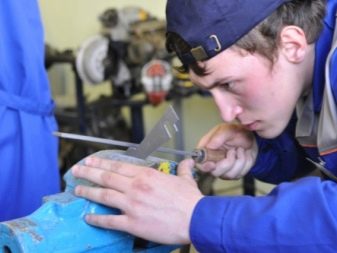
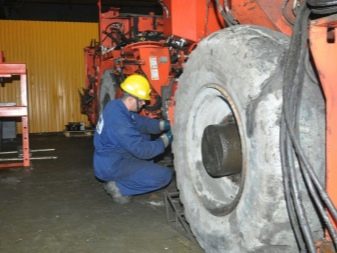
Education
The future driver will be able to undergo training in:
- Institute for Professional Training in Industrial Safety (Moscow);
- the multidisciplinary center "Phoenix";
- SRO "StroyBusinessConsult" (in various cities);
- Penza Center for Personnel Training;
- some other similar organizations.
When studying on good courses, they must pay attention to the peculiarities of both Russian and foreign cargo handling equipment. High-level training involves mastering both the practical and theoretical components of the profession. A prerequisite for a professional is to have a driving license of category B or even C. Training can be organized remotely or by correspondence.
It is very important to make sure that the curriculum corresponds to the current edition of the ETKS before submitting an application and documents.

Where does it work?
LHD operators work in solid mineral deposits (including coal). At the same time, an underground or open method of development does not really matter - all the same, you cannot do without such a specialist. More specifically, LDM is used:
- on flat and inclined deposits, where the treatment space is maintained by itself;
- on storey horizons and on sublevels, if the ore mass itself goes down or along the end trajectory;
- on mining of ore blocks in horizontal layers.
